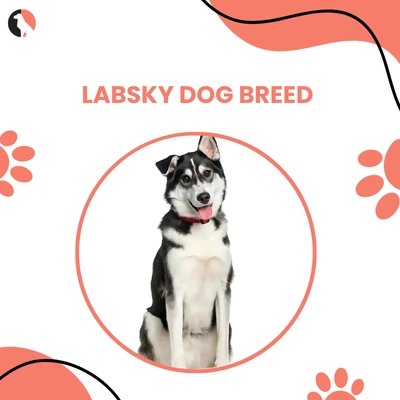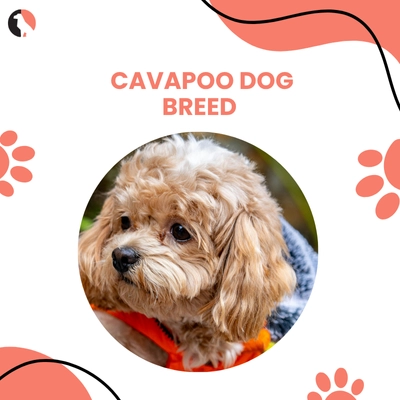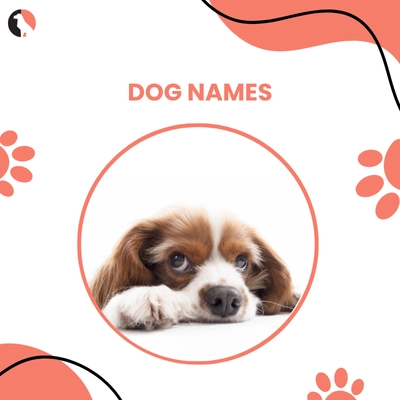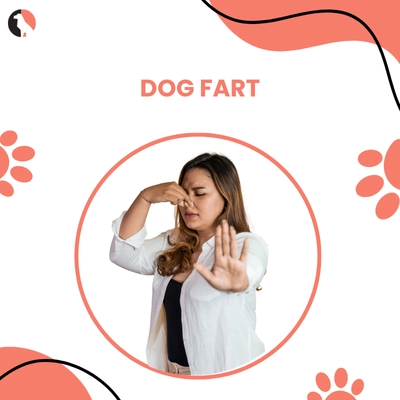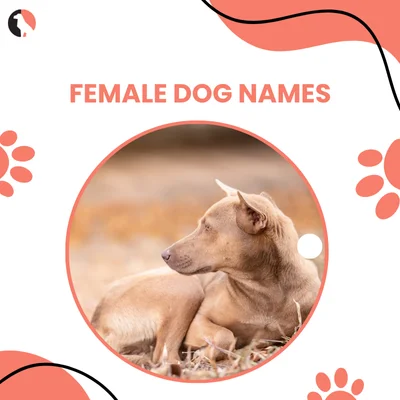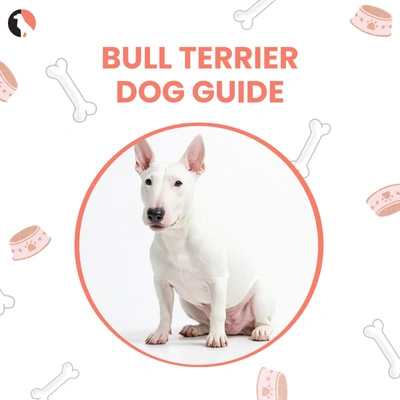Imagine a strong, wolf-like dog whose tail has a plume and whose posture is regal. Alaskan Malamute, a handsome face, and a lot more. The malamute dog will impress you with its muscle, loyalty, and heart that knows how to work in a team. We discover science, history, lifestyle, and the care of malamute dogs in this guide. You will also find out why the people who love Alaska malamutes love this breed and how to live with this faithful pet.
History and Origins
We are going to follow their path through the polar hunters to a loving friendship.
The Alaskan malamute is named after the Mahlemut of northwest Alaska. These malamutes are the descendants of Siberian Arctic dogs, which arrived here more than 4,000 years ago. They towed a heavy sled, did hunting, and guarded native tribes.
The Alaskan Malamute’s pure bloodline was nearly lost when people started crossbreeding them during the Gold Rush. Fortunately, the genuine malamute was restored by the determined breeders. The AKC finally recognised them as the Alaskan Malamute in 1935. This ensures that they do not act as a passing thunder.
Visit: Explore the Boston Terrier: Genuine Tips from Today’s Owners
Looks & Size
Here, we are going to discuss their outstanding physical characteristics and malamute size.
The malamute dog is of a robust, spitz-like structure. Adult females are ~23 inches tall and weigh on average 75 lbs; males are ~25 inches tall and weigh on average 85 lbs. Extraordinary males weigh over 100 lbs. The coat is a wonder of two layers- dense woolly undercoat with rough guard hairs on top. Coat colors include gray and white, black and white, sable and white, red & white, and the exceedingly rare agouti. The old-fashioned facial mask with white blaze and black eye marking is a sure sign of a malamute.
Personality and Temperament
Let’s look at their psyche or what ticks them, both emotionally and socially.
Malamutes are loving, proud, and playful dogs. They are sociable and have attachments to their families. They are very friendly but have a very high prey drive, so small pets must be introduced with care.
Puppyhood socialization forms a well-rounded behavior. These dogs communicate with howls and grunts, not sharp barks. They respect structure—consistent, positive training builds trust and cooperation. One reliable rule: a mentally engaged malamute is a well-behaved one.
Discover: Most Aggressive Dog Breeds: Understanding Mean and Dangerous Dogs
Health & Lifespan
We’ll discuss common health issues, life expectancy, and prevention strategies.
The average lifespan of an Alaskan Malamute is 10 to 14 years. Large‑breed health screens should include hip and elbow dysplasia checks. In addition, these dogs may acquire hereditary polyneuropathy, cataracts, and progressive retinal atrophy (PRA). Hypothyroidism and zinc-responsive dermatitis appear too. Dogs with deep chests are susceptible to stomach dilatation-volvulus, or bloat. Regular vet checkups, responsible breeding, and tailored diet plans significantly reduce health risks.
Grooming & Care
Here, we’ll guide you through coat, skin, and hygiene essentials.
Daily brushing helps remove loose undercoat and prevent mats, especially during their 1–2 week “blow coat” phase. The skin stays in balance when it is regularly washed every six to eight weeks. Brush teeth many times a week, clip nails monthly, and manage ears weekly. Keeping your Malamute healthy and reducing shedding at home needs regular grooming.
Explore: Explore the Bull Terrier: Genuine Tips from Trusted Owners
Training & Exercise
Training procedures and good physical exercises for dogs are important. Every owner should know the right information to train their puppy.
Consistency is the best foundation of Alaskan malamute obedience. Apply positive reinforcement through food, words, and silly fun. They have a purpose to pull a sled, skijor, or resistance-drag, and they find their strength and drive within them. They require more than 90 minutes of vigorous exercise every day. In its absence, they can create holes, howl, or jump fences. A malamute lifestyle requires a well-defined life, regular progressions, and a thought-draining occupation.
Living With Malamutes: Pros & Cons
We’ll list real-life benefits and challenges of owning a malamute.
Pros:
- Fiercely loyal to family
- Stunning “wolf-like” beauty
- Strong working instincts—excellent trail companions
Cons:
- Heavy double coat sheds seasonally
- Needs daily exercise and mental stimulation
- High prey drive requires careful supervision
- Escapes if bored or unchallenged
Ideal owners share a strong bond with nature, own spacious yards, and commit to discipline and training.
Learn More: Siberian Husky Breed Guide: Traits, Care, and Training Tips
Nutrition and Weightgage
We will suggest diets to size, age, and activity here.
Malamutes are fed two times a day; puppies require three times a day. The obesity and bloat are caused by free-feeding. Large-breed dog food promotes the health of the joints, skin, and body. Look for formulas with glucosamine, omega-3s, and antioxidants.
Active Malamutes, like sled-pullers, need high-calorie meals. Less active or indoor dogs need fewer calories. Feeding based on activity helps prevent weight gain. Weight is being monitored on a monthly basis, and the portions are adjusted where necessary.
Check this out: Aussiedoodle Breed Guide: What to Know About This Smart Hybrid
Conclusion
The Alaskan Malamute is a very powerful, smart, and faithful breed. They look beautiful and malamute in size might catch your attention, but the spirit of work and caring nature make strong bonds.
Daily attention, training, and exercise are crucial for their survival. They provide strong family ties, devotion, and deep love in return. Their presence provides protection, enjoyment, and comfort. Should you be prepared for their outside lifestyle and vitality, they are worthwhile. A Malamute develops into a lifelong buddy and adventure companion.






























